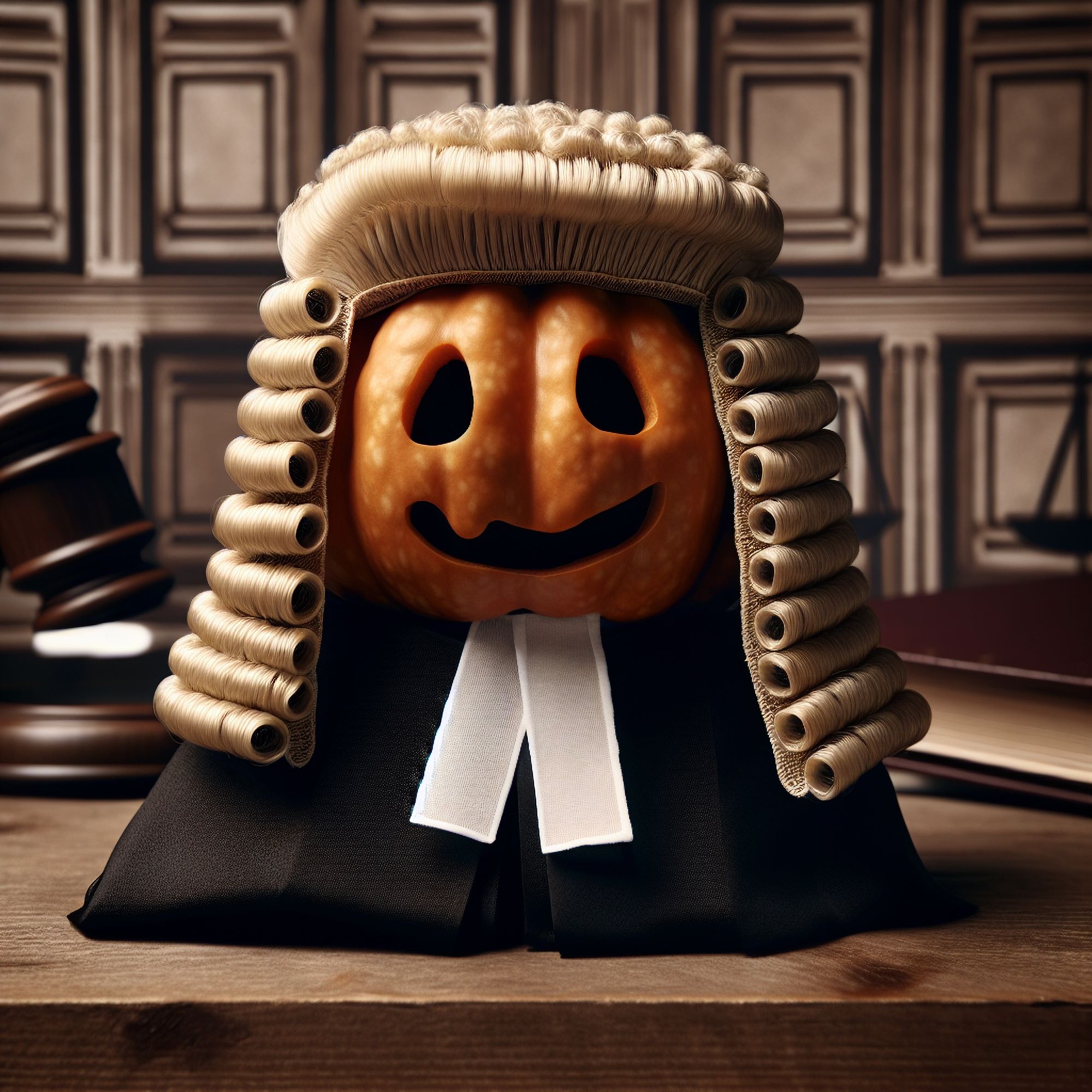Since 2012, one of the burning topics worldwide has been the protection of trade secrets. With new proposals to update current legislation coming from all major markets, it is only logical for the EU to jump on the bandwagon and acknowledge that the current fragmented legislation is not up to standards.
Currently, it seems only as a Member State has specific legislation concerning trade secrets, along with pending proposals in France and Romania. Other countries only have very limited provisions in their laws, whether in their criminal codes, civil codes, labor laws or other legislation.
This is all about to change, as the new EU Trade Secrets Directive was adopted on May 27, 2016, with a 2-year time frame to implement the changes.
General information about trade secrets
Weiterlesen über Can you keep a (trade) secret?
